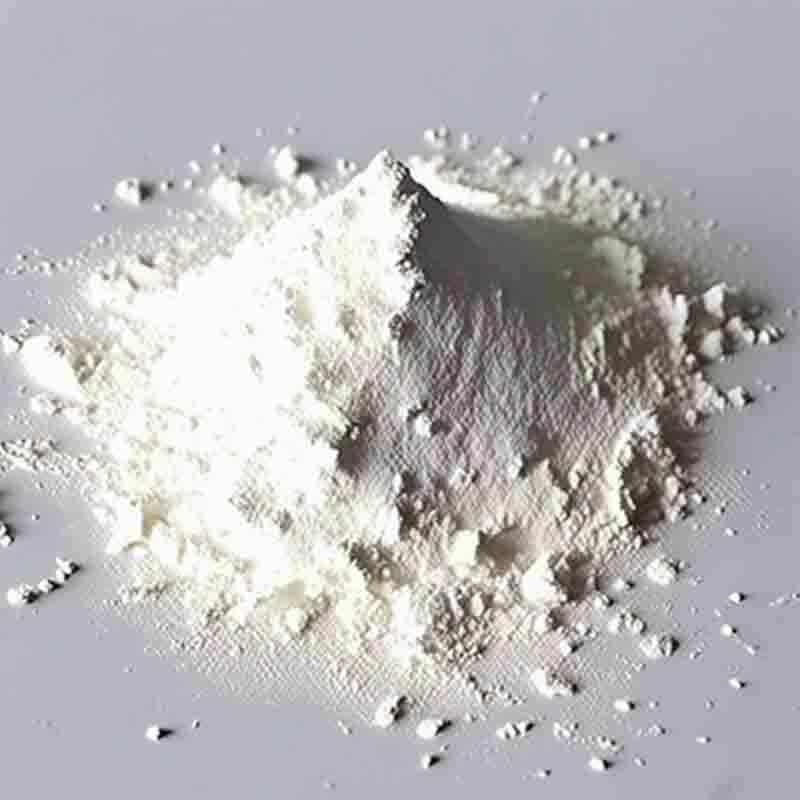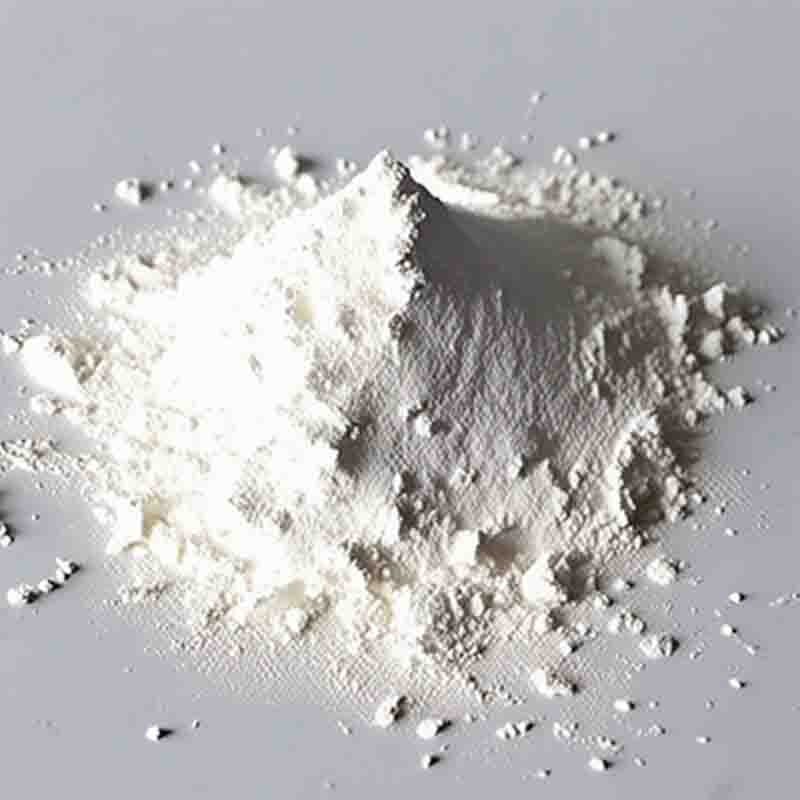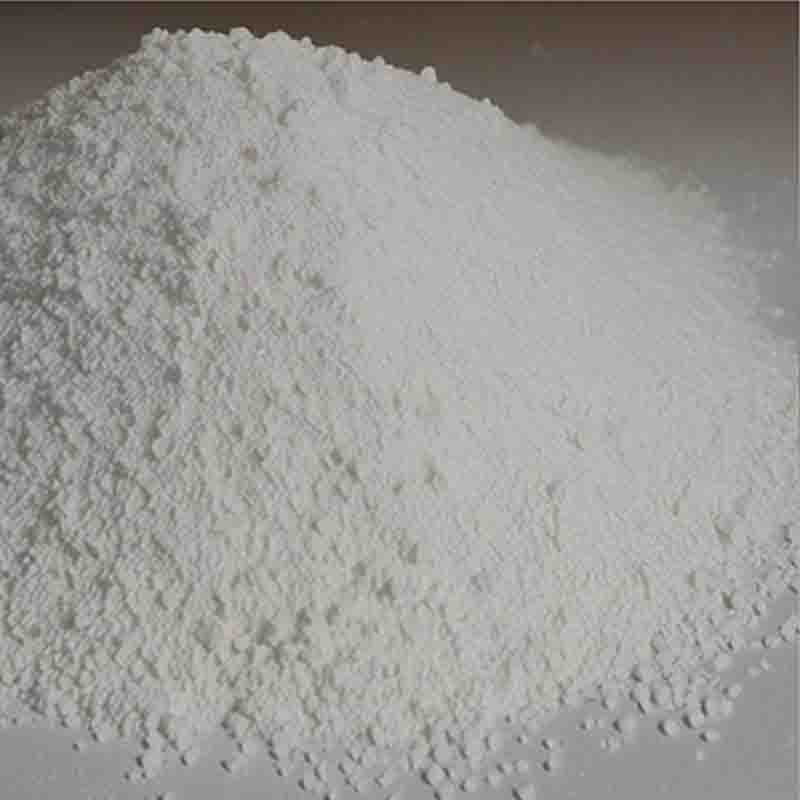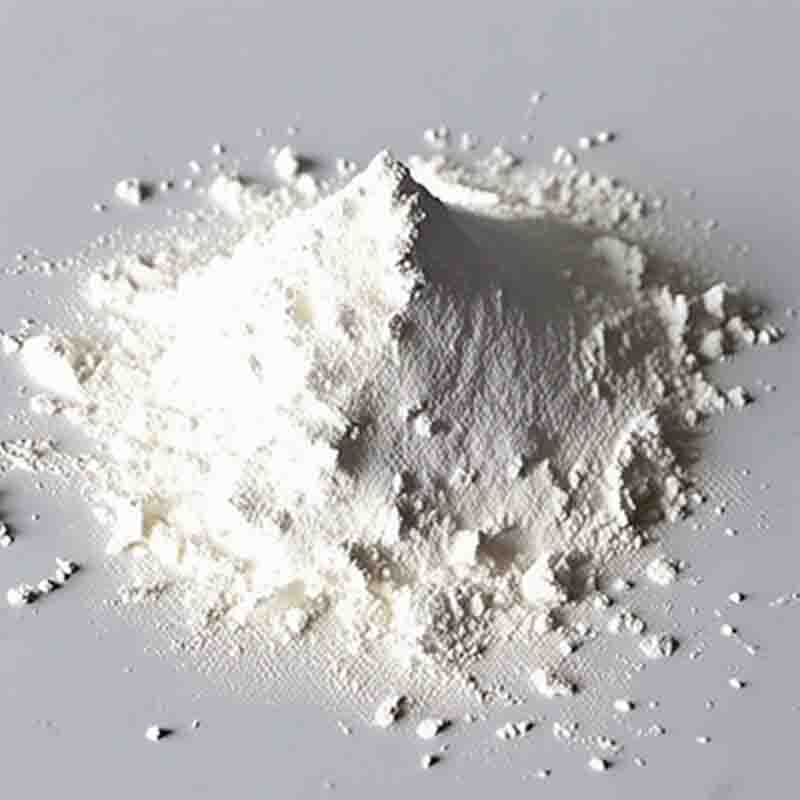Trans-1,2-diamin ocyclohexane-N,,N’N’-tetraacetic acid CAS: 125572-95-4
| Catalog Number | XD93807 |
| Product Name | Trans-1,2-diamin ocyclohexane-N,,N’N’-tetraacetic acid |
| CAS | 125572-95-4 |
| Molecular Formula | C14H24N2O9 |
| Molecular Weight | 364.35 |
| Storage Details | Ambient |
Product Specification
| Appearance | White powder |
| Assay | 99% min |
Trans-1,2-diaminocyclohexane-N,N,N',N'-tetraacetic acid, commonly known as DCTA, is a chelating agent that is widely utilized in various fields, including chemistry, biochemistry, and medicine. It is a derivative of ethylenediaminetetraacetic acid (EDTA) and is characterized by the presence of two trans-diamine groups and four carboxylate groups.DCTA is primarily known for its ability to chelate or bind metal ions, particularly transition metals like copper, nickel, and cobalt. Its strong metal-binding properties make it a valuable tool in many research and industrial applications. In chemistry, DCTA is employed for the synthesis and stabilization of metal complexes, which are crucial in catalyst development and materials science.In the field of biochemistry, DCTA is widely used to study the interactions between metal ions and biomolecules, such as enzymes, proteins, and DNA. By sequestering or removing metal ions from these biomolecules, DCTA aids in understanding their structural and functional properties. DCTA is often utilized in metallobiochemistry and enzymology studies to elucidate metal-binding sites and investigate metal ion-dependent enzymatic reactions.Furthermore, DCTA finds application in environmental and analytical chemistry, particularly in the analysis of metal ions in complex samples. Its strong metal chelation abilities enable it to selectively and quantitatively bind metal ions, making it a valuable tool for the accurate determination of metal concentrations in environmental samples, food analysis, and water quality assessment.In medicine, DCTA is employed in radiopharmaceuticals for diagnostic imaging using positron emission tomography (PET) and single-photon emission computed tomography (SPECT). DCTA complexes can be labeled with radioactive isotopes, such as gallium-68 (^68Ga) and technetium-99m (99mTc), allowing for the imaging and visualization of specific biological targets in the body.Furthermore, DCTA is also investigated for its potential role in metal chelation therapy, particularly for the treatment of heavy metal poisoning. Its ability to form stable complexes with toxic metals like lead, mercury, and cadmium may facilitate their removal from the body and reduce their toxic effects.In summary, trans-1,2-diaminocyclohexane-N,N,N',N'-tetraacetic acid (DCTA) is a versatile chelating agent widely used in various fields. Its ability to bind metal ions effectively enables its applications in chemistry, biochemistry, environmental analysis, and medicine. Whether it is for metal complex synthesis, studying metal-biomolecule interactions, or diagnostic imaging, DCTA plays a valuable role in advancing research and practical applications.









